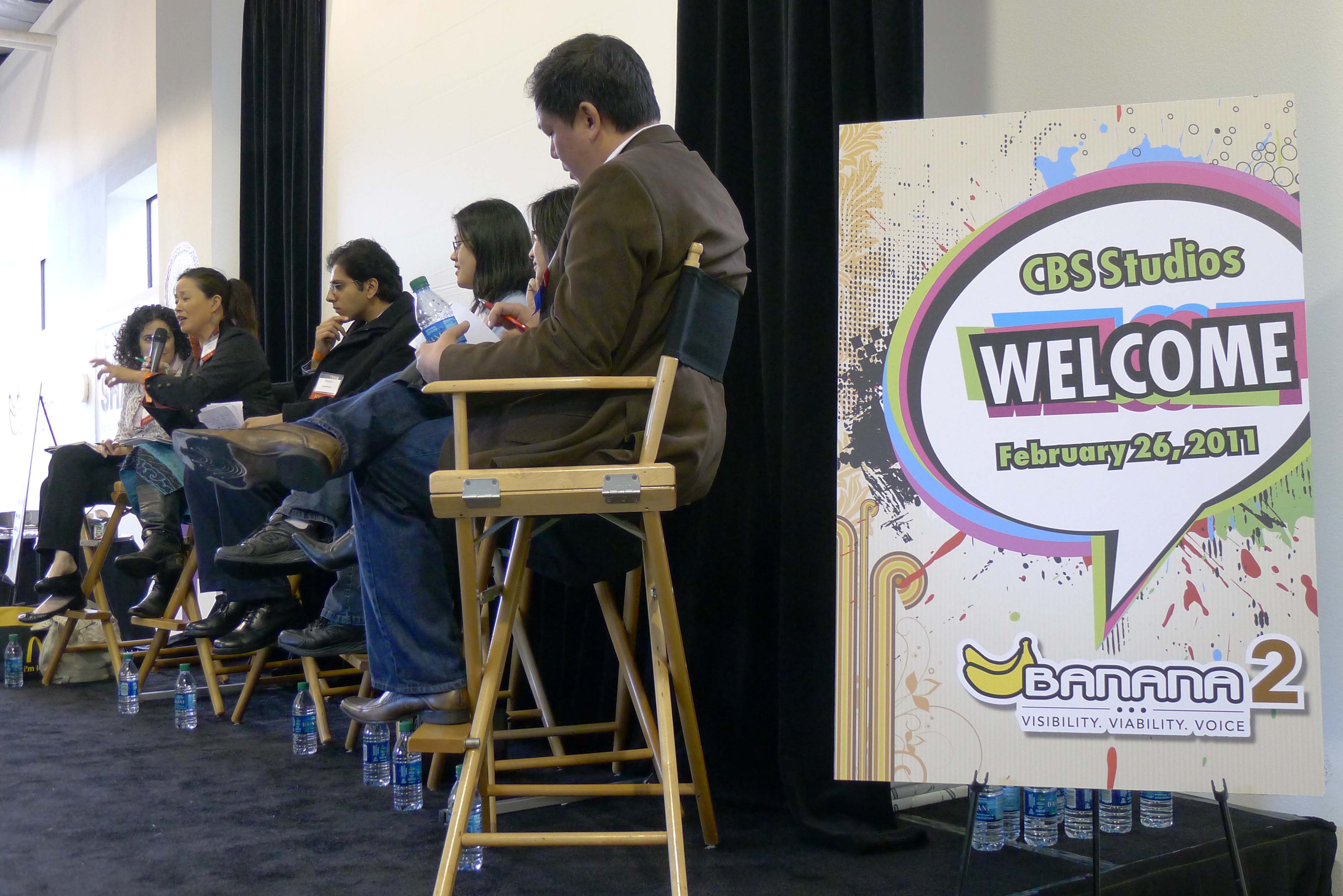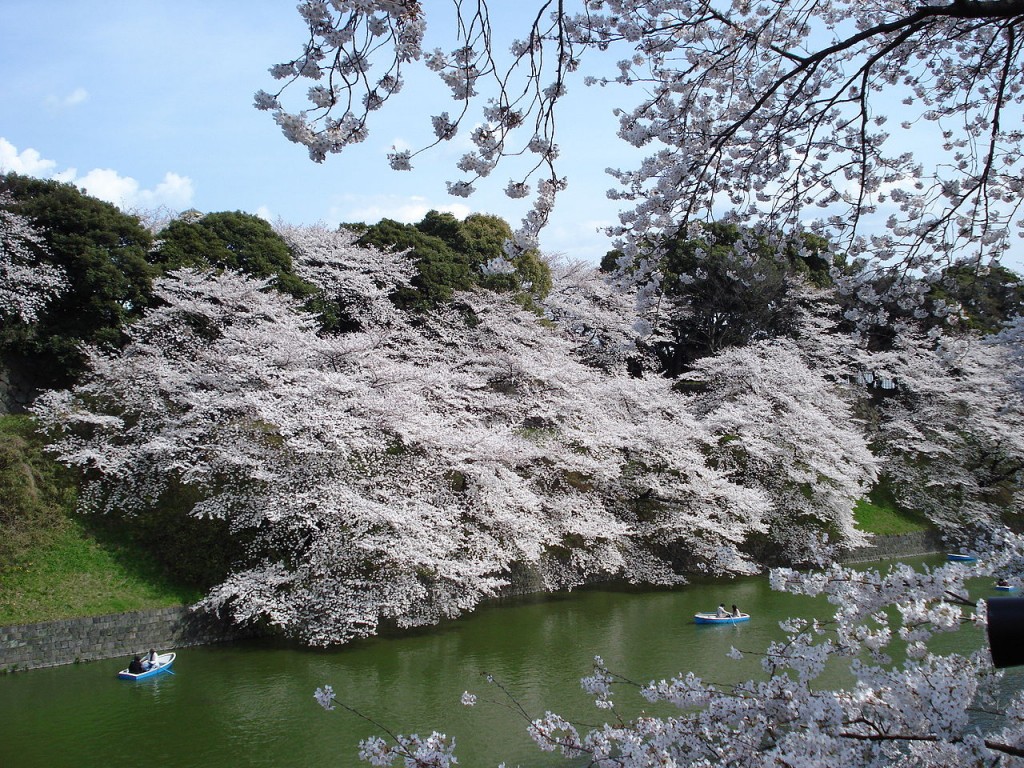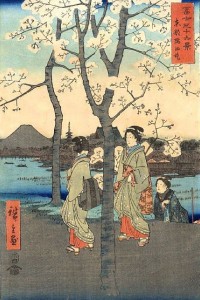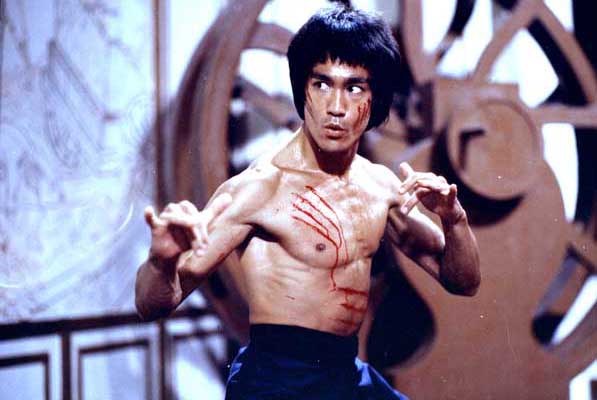
The first Banana conference of Asian American bloggers back in November 2009 — almost an eternity in Internet years — was a revelation to me. Although I was familiar with some AAPI blogs, I didn’t feel like I was a part of a community of people like me, toiling away on our computers to pass on information and express our opinions on issues that matter to Asian Americans.
It was cool to meet some people face-to-face that I’d only I connected with online, and some bloggers who I admired, and make new friends.
Erin and I were invited to be panelists at Banana 1. It was a small gathering – in fact, organizer Lac Su didn’t want to call it a conference, he used the term “gathering” – held on the campus of the University of Southern California in Los Angeles. Su, the author of “I Love Yous Are for White People,” and co-founder Steve Nguyen (a filmmaker of ChannelAPA.com) came up with the idea to showcase the diversity of Asian American perspectives online.
Erin knew Lac from her emotional intelligence training — when he’s not promoting AAPI bloggers, Su is a psychologist, the founder and vice president of marketing for TalentSmart, a global think tank and management consulting firm based in San Diego. But I only knew him from his excellent book, a memoir of his upbringing in a refugee family that fled Vietnam for the U.S.
The gathering was planned quickly, but 20 bloggers showed up to be panelists, representing the well-known (Angry Asian Man, 8Asians) to the lesser-known but notable (Kimchi Mamas, Big WOWO). Phil Yu of Angry Asian Man was given an achievement award for his blog, which is a must-read for anyone interested in Asian America.
Banana 1 was a little raggedy, but real. It was an ad-hoc affair that attracted about 50 audience members, many of them also bloggers, and there was a lot of interaction between panelists and audience members. There was only one extended conversation that took much of the afternoon, with panelists fielding questions from Su that ranged from the provocative (women’s perspective in blogging) to confusing (if childhood traumas motivated us). The political bloggers criticized the pop culture bloggers for being shallow, and the lone Canadian on the panel criticized the event’s U.S.-centric worldview.
In the end, it was an inspirational afternoon of thoughtful conversation, and everyone left feeling like we were a part of something bigger than just ourselves and our blogs. It was a validation of our voice.
I wrote after attending Banana 1 that it felt like the start of something that would continue and grow.
It took a little over a year to organize, but Banana 2 took the inspirational spirit of the first conference and turned it into a terrific event for a couple-hundred people.
Continue reading →














